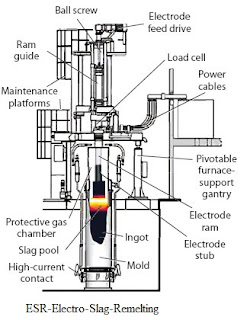Summary of UK, Selection Criteria for Research Project Funding by the Engineering and Physical Sciences Research Council (EPSRC)
TWO MAJOR MOTIVATORS.
1. Search for Excellence
2. Impact of research results, ie. the demonstrable contribution that excellent research makes to society and the economy. To maximise impact goal achievement, routes to success must be envisaged and planned from the project outset. Potential of Results in the Long Term are evaluated after 4 years.
Excellence will be measured at an International Level and reviewed by peers.
THREE WIDE FOCUS THEMES TO IMPACT UPON.
Impact embraces all the extremely diverse ways research-related knowledge and skills benefit individuals, organisations and nations by –
1. Fostering global economic performance, and specifically national economic competitiveness.
2. Increasing the effectiveness of public services and policy.
3. Enhancing quality of life, health and creative output.
EVALUATION
Four-year delivery plan sets out priorities and strategies to 2013
EPSRC published a four-year delivery plan setting out our priorities and strategies to 2013.
THREE STRATEGIC GOALS –
1. Shaping capability.
2. Delivering impact.
3. Developing leaders.
SIX GLOBAL RESEARCH CHALLENGES to be ADDRESSED:
1.Energy
2.Digital economy,
3. Manufacturing the future,
4. Healthcare technologies,
5. Living with environmental change
6. Global uncertainties.
EXAMPLE OF A PARTICULARILY SUCCESSFUL PROJECT.
Full impact may be years away, but the award of the Nobel Prize for Physics 2010 to EPSRC researcher Professor Andre Geim and fellow Russian-born scientist Konstantin Novoselov for their groundbreaking work on the two dimensional material graphene.REFERENCES.



